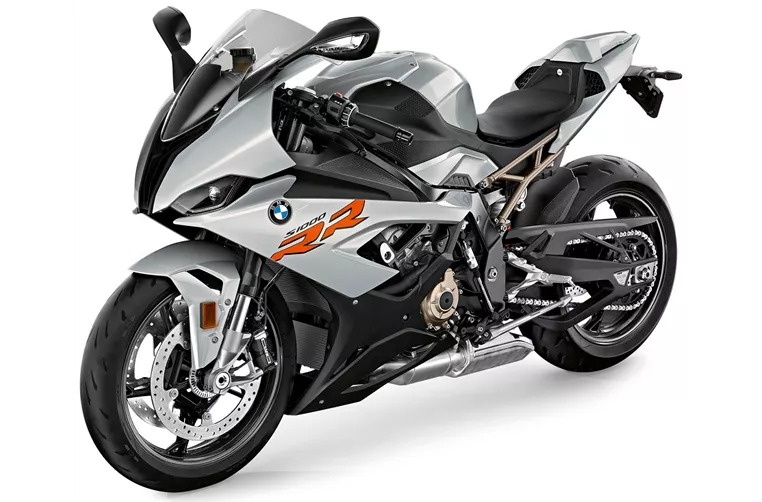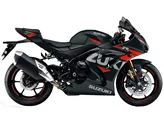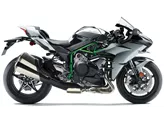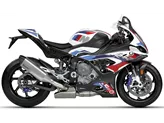BMW S 1000 RR 2020 vs. Suzuki GSX-R 1000 2017
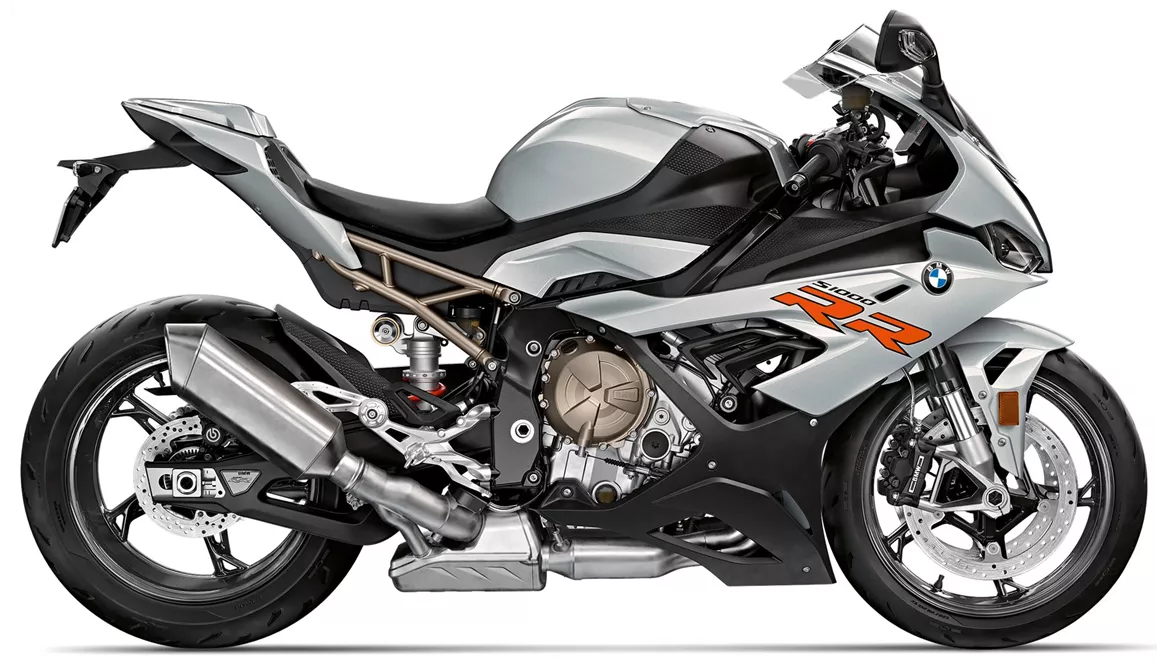
BMW S 1000 RR 2020

Suzuki GSX-R 1000 2017
Visão geral - BMW S 1000 RR 2020 vs Suzuki GSX-R 1000 2017
The BMW S 1000 RR 2020 is equipped with an inline engine and drive unit. It has a bore of 80 mm and a stroke of 49.7 mm. The engine produces a power of 207 HP and a torque of 113 Nm. The compression ratio is 13.3 and the throttle bore is 48 mm. It has 4 cylinders with 4 valves per cylinder and uses DOHC valve technology. The displacement of the engine is 999 ccm.
In terms of suspension, the BMW S 1000 RR 2020 features a telescopic upside-down fork at the front with a diameter of 45 mm. The suspension can be adjusted for compression, preload, and recovery. The rear suspension consists of a swingarm with a monoshock absorber. Like the front suspension, the rear suspension can also be adjusted for compression, preload, and recovery. The material used for the rear suspension is aluminum.
The chassis of the BMW S 1000 RR 2020 is made of aluminum and has a double tube frame with a load-bearing engine. The rake angle is 66.9 degrees and the trail is 93.9 mm.
The front brakes of the BMW S 1000 RR 2020 are double disc brakes with a diameter of 320 mm. The brakes are hydraulic and use radial technology. The bike is equipped with advanced driver assistance systems such as ABS, driving modes, launch control, ride-by-wire, quick shift, and traction control.

BMW S 1000 RR 2020
In terms of dimensions and weights, the front tire width is 120 mm and the diameter is 17 inches. The rear tire width is 190 mm and the diameter is also 17 inches. The wheelbase is 1441 mm and the seat height is 824 mm. The bike weighs 197 kg (with ABS) and has a fuel tank capacity of 16.5 liters.
On the other hand, the Suzuki GSX-R 1000 2017 also has an inline engine and drive unit. It has a bore of 76 mm and a stroke of 55.1 mm. The engine produces a power of 202 HP and a torque of 118 Nm. The compression ratio is 13.2 and the throttle bore is 46 mm. It has 4 cylinders with 4 valves per cylinder and uses DOHC valve technology. The displacement of the engine is 999 ccm.
The suspension of the Suzuki GSX-R 1000 2017 is similar to that of the BMW S 1000 RR 2020. It has a telescopic upside-down fork at the front with a diameter of 43 mm. The suspension can be adjusted for compression, preload, and recovery. The rear suspension consists of a swingarm with a monoshock absorber. The rear suspension can also be adjusted for compression, preload, and recovery. The material used for the rear suspension is aluminum.

Suzuki GSX-R 1000 2017
The chassis of the Suzuki GSX-R 1000 2017 is also made of aluminum. It has a double tube frame with a twin-spar design. The rake angle is 66.8 degrees and the trail is 95 mm.
The front brakes of the Suzuki GSX-R 1000 2017 are double disc brakes with a diameter of 320 mm. The brakes are hydraulic and use radial and monoblock technology. The bike is equipped with advanced driver assistance systems such as ABS, driving modes, ride-by-wire, and traction control.
In terms of dimensions and weights, the front and rear tire widths and diameters are the same as the BMW S 1000 RR 2020. The wheelbase is slightly shorter at 1410 mm and the seat height is 825 mm. The bike weighs 202 kg (with ABS) and has a fuel tank capacity of 17.5 liters.
In summary, both the BMW S 1000 RR 2020 and the Suzuki GSX-R 1000 2017 are high-performance supersport motorcycles with similar engine displacements and technical specifications. They both have advanced suspension systems, aluminum chassis, and powerful braking systems. However, the BMW S 1000 RR 2020 offers a higher power output and a more comprehensive electronic package, making it a top choice for both road and track use. On the other hand, the Suzuki GSX-R 1000 2017 is praised for its high-revving engine, stable handling, and excellent gearbox, making it a great option for fast tracks. One potential drawback of the BMW S 1000 RR 2020 is its perceived lack of character compared to other competitors, while the Suzuki GSX-R 1000 2017 has a non-adjustable engine brake.
Especificações técnicas BMW S 1000 RR 2020 em comparação com Suzuki GSX-R 1000 2017
Prós e contras em comparação
Prós e contras em comparação
BMW S 1000 RR 2020
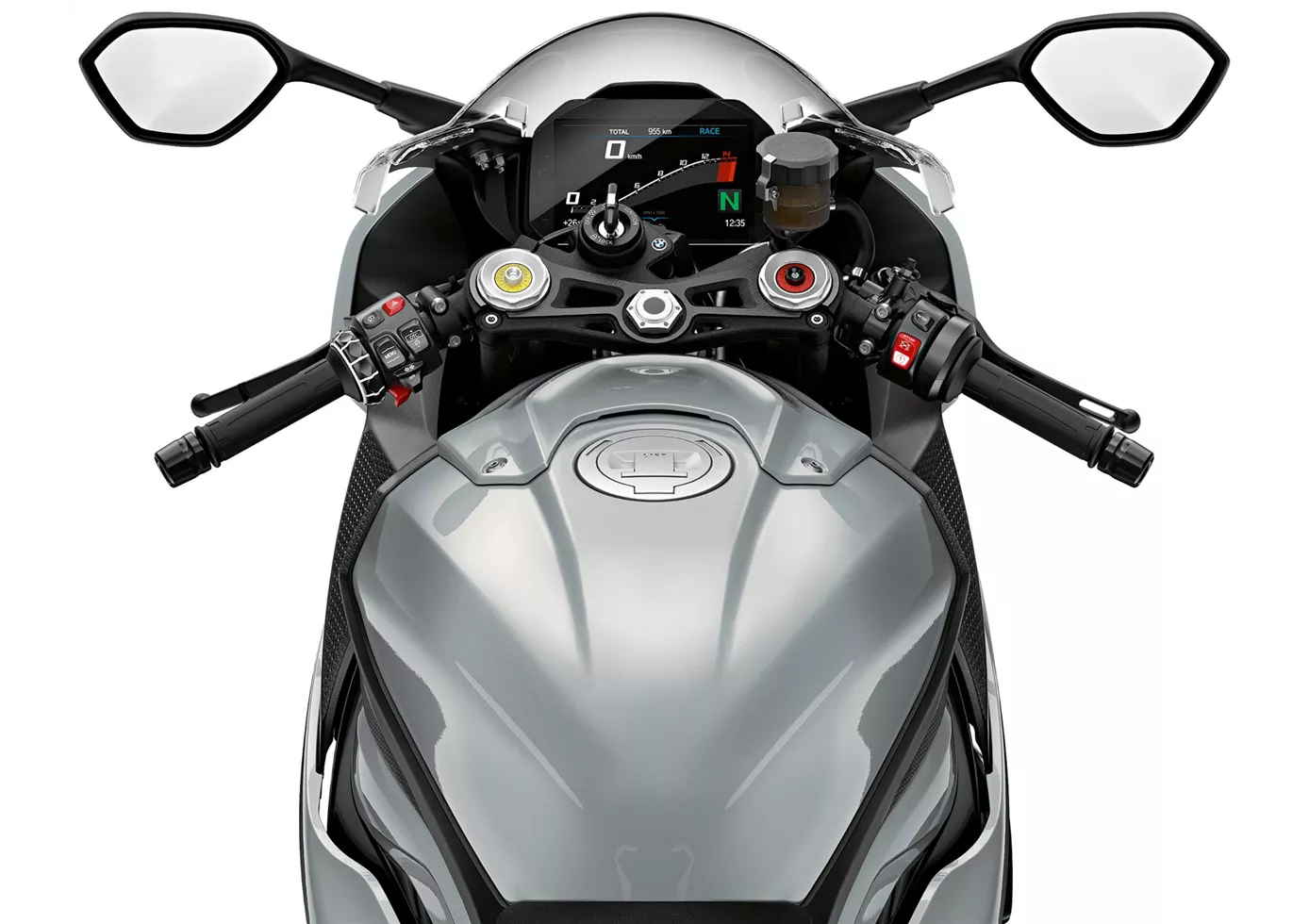
Uma verdadeira superbike "polivalente". A BMW sabe como jogar com os seus pontos fortes tanto na pista de corrida como na estrada rural. Graças ao controlo variável da árvore de cames, o potente motor já convence na parte inferior e acelera harmoniosamente em toda a gama de rotações, com muita potência em todas as gamas. Para o piloto amador, o chassis funciona de forma excelente em todas as situações, proporciona um feedback transparente e oferece muitas opções de ajuste. A posição do assento é desportiva, mas relativamente confortável. A eletrónica funciona de forma muito harmoniosa, sem ser condescendente com o piloto - TOP!
Suzuki GSX-R 1000 2017

A Suzuki fez um excelente trabalho com a GSX-R 1000 2017. Uma moto super-forte com uma curva de binário fabulosamente suave. Realmente inacreditável com 202 cv! O chassis é de alta qualidade e o pacote eletrónico não tem nada de especial, mas proporciona um desempenho de topo.
Comparação de preços Preço médio de mercado BMW S 1000 RR vs Suzuki GSX-R 1000
There are a few key differences between a BMW S 1000 RR 2020 and a Suzuki GSX-R 1000 2017. There are the same number of bikes of both models available on the 1000PS.de marketplace, specifically 16. It takes less time to sell a BMW S 1000 RR with 68 days compared to 121 days for a Suzuki GSX-R 1000. Since model year 2010 1000PS.de editors have written 135 reviews for the BMW S 1000 RR and 71 reviews for the Suzuki GSX-R 1000 since model year 2005. The first review for the BMW S 1000 RR was published on 16/04/2008 and now has more than 4 000 views. This compares to more than 7 100 views for the first review on Suzuki GSX-R 1000 published on 03/03/2004.
